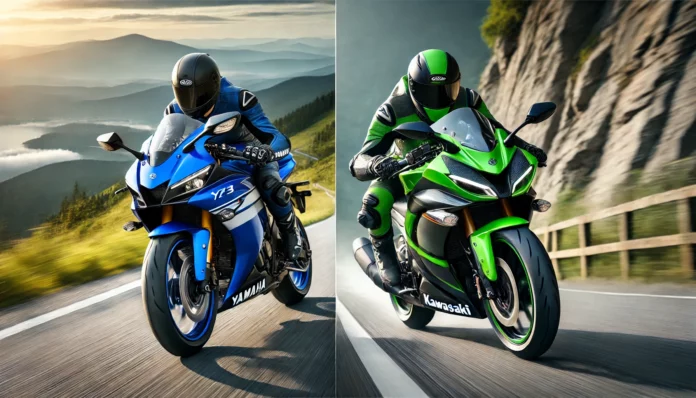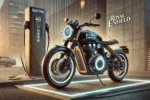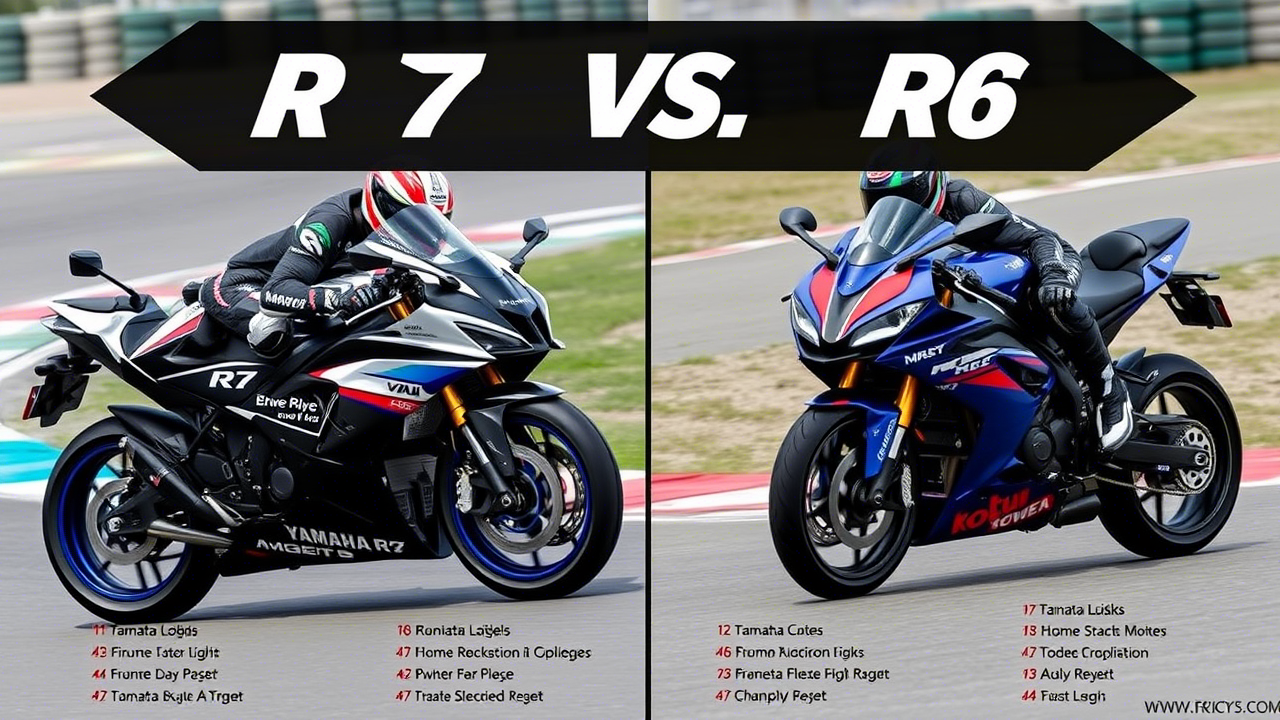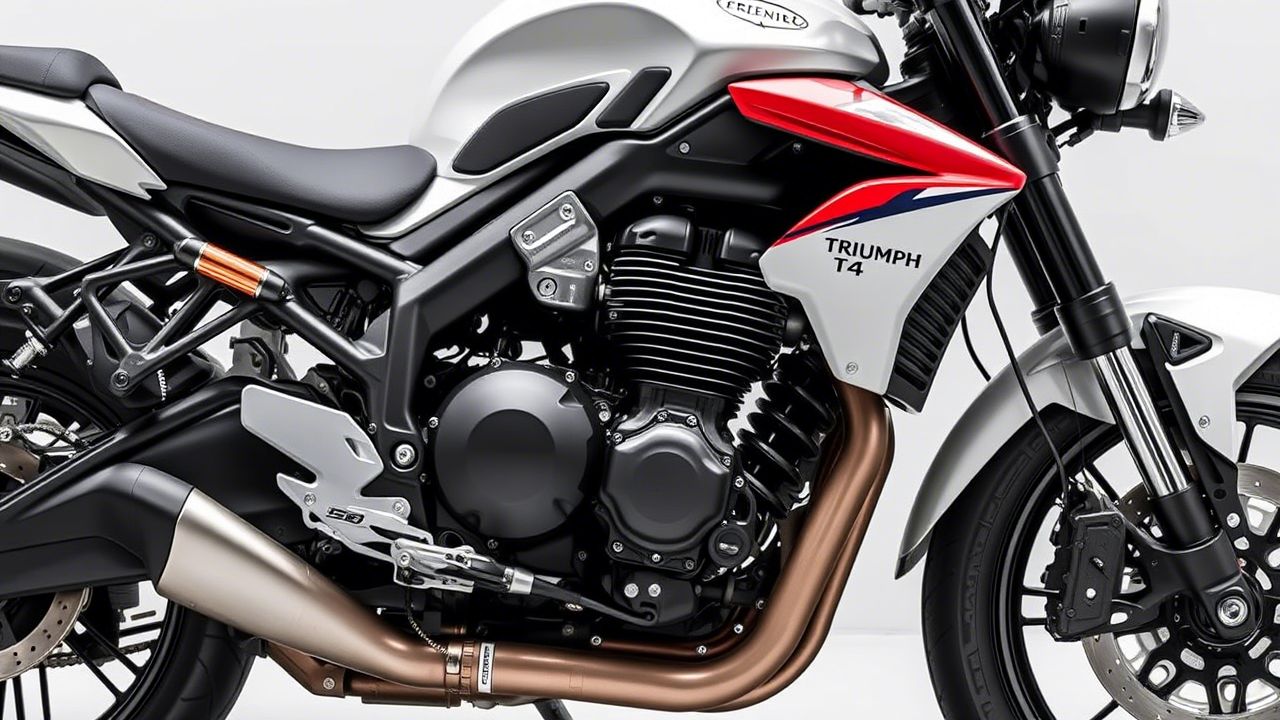For beginner and intermediate riders, the Yamaha YZF-R3 and Kawasaki Ninja 400 are two of the most popular entry-level sportbikes on the market. Both offer sporty styling, solid performance, and approachable handling, making them great choices for riders looking to step into the world of motorcycles. But which one is the better buy in 2025? Let’s compare them in terms of performance, comfort, features, and pricing to help you decide.
1. Engine and Performance
Yamaha YZF-R3
- Engine: 321cc parallel-twin, liquid-cooled
- Horsepower: ~42 HP
- Torque: ~21.8 lb-ft
- Transmission: 6-speed with slipper clutch
- Top Speed: ~110 mph
Kawasaki Ninja 400
- Engine: 399cc parallel-twin, liquid-cooled
- Horsepower: ~49 HP
- Torque: ~28 lb-ft
- Transmission: 6-speed with slipper clutch
- Top Speed: ~120 mph
Winner: Kawasaki Ninja 400 – With nearly 7 more horsepower and additional torque, the Ninja 400 offers better acceleration and top speed, making it the more powerful option of the two.
2. Handling and Ride Comfort
Yamaha YZF-R3
- Weight: ~375 lbs (wet)
- Seat Height: 30.7 inches
- Suspension: Inverted front forks, preload-adjustable rear shock
- Riding Position: More upright, beginner-friendly
Kawasaki Ninja 400
- Weight: ~366 lbs (wet)
- Seat Height: 30.9 inches
- Suspension: Standard telescopic fork, preload-adjustable rear shock
- Riding Position: Sportier but still comfortable
Winner: Yamaha YZF-R3 – While both bikes are lightweight, the YZF-R3’s more upright seating position and slightly lower weight make it a better choice for absolute beginners.
3. Braking and Safety Features
Yamaha YZF-R3
- Front Brake: 298mm disc with ABS
- Rear Brake: 220mm disc with ABS
Kawasaki Ninja 400
- Front Brake: 310mm disc with ABS
- Rear Brake: 220mm disc with ABS
Winner: Kawasaki Ninja 400 – The larger front disc provides better stopping power, making it slightly superior in the braking department.
4. Design and Styling
Yamaha YZF-R3
- Inspired by Yamaha’s R-series (R1, R6)
- Sleek, aggressive fairings
- Available in Yamaha’s signature Racing Blue, Black, and Red
Kawasaki Ninja 400
- Inspired by the ZX-10R superbike
- Sharper fairings and aggressive stance
- Available in Kawasaki Green, Black, and Special Edition Colors
Winner: Tie – Both bikes offer head-turning sportbike aesthetics, so the choice comes down to personal preference.
5. Pricing and Value
Yamaha YZF-R3
- Base Price: ~$5,600 – $6,000
- Lower maintenance costs
Kawasaki Ninja 400
- Base Price: ~$5,900 – $6,500
- Higher resale value
Winner: Yamaha YZF-R3 – It’s the more budget-friendly option upfront and has lower maintenance costs.
Final Verdict: Which One Should You Buy?
Choose the Yamaha YZF-R3 if:
✅ You’re a beginner looking for a lightweight, forgiving, and easy-to-ride sportbike. ✅ You want a more upright, comfortable riding position for daily commuting. ✅ You prefer a slightly lower price and lower maintenance costs.
Choose the Kawasaki Ninja 400 if:
✅ You want more power and torque for spirited riding. ✅ You need better braking performance and slightly higher top speed. ✅ You’re willing to pay a bit more for increased performance and resale value.
Final Winner: It Depends on Your Riding Style
Both bikes are fantastic choices, and the best one depends on what you prioritize. The YZF-R3 is better for new riders looking for ease of use, while the Ninja 400 is better for those who want extra power and performance.
No matter which one you choose, you’ll be riding a reliable and fun entry-level sportbike. Which one would you pick? Let us know in the comments! 🚀🏍️










